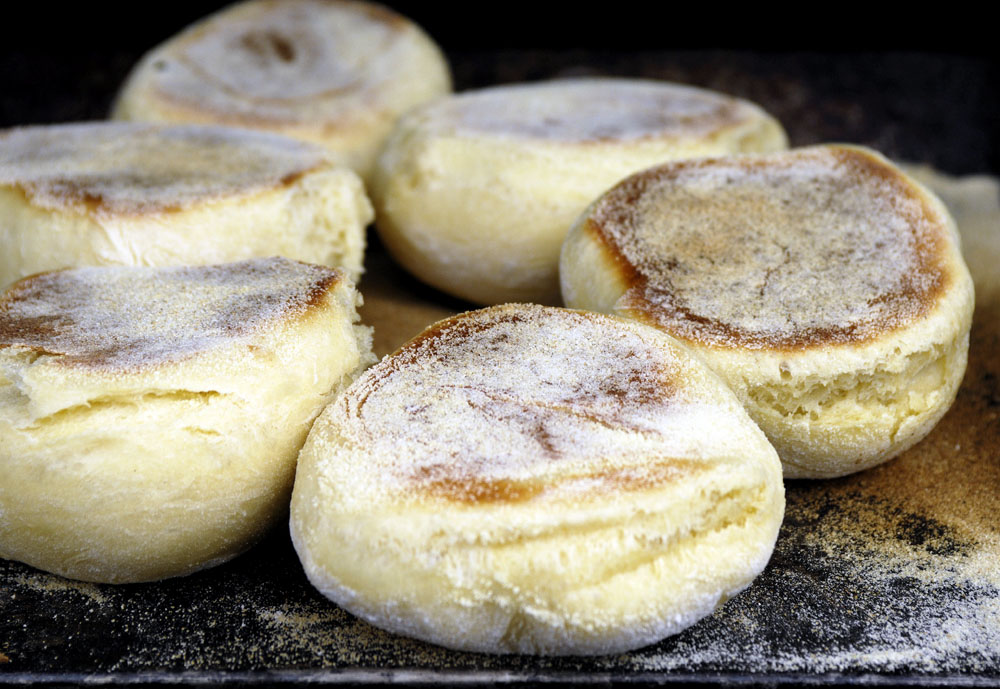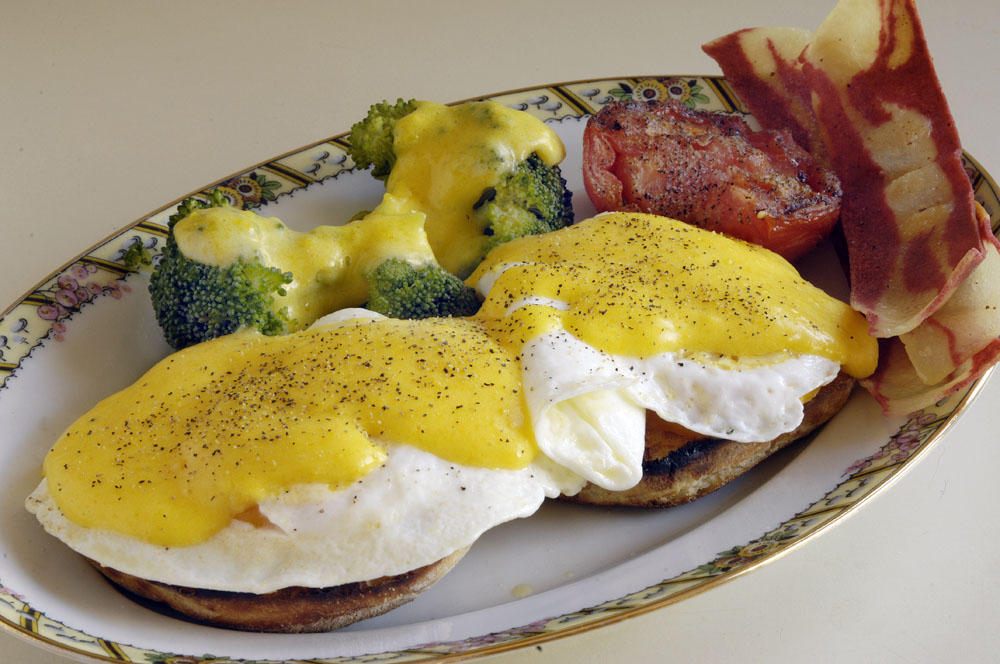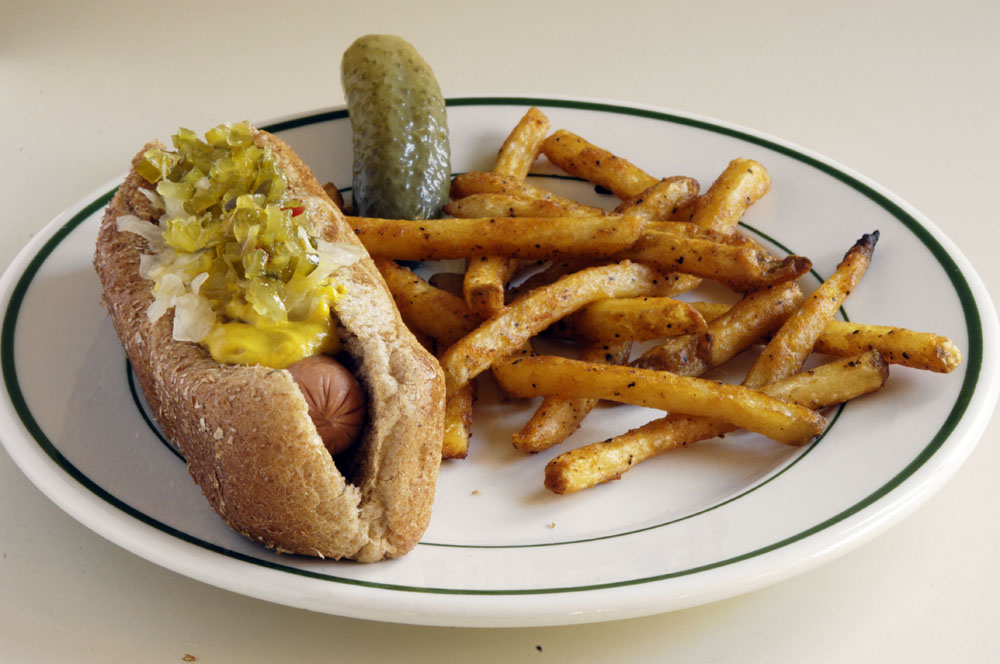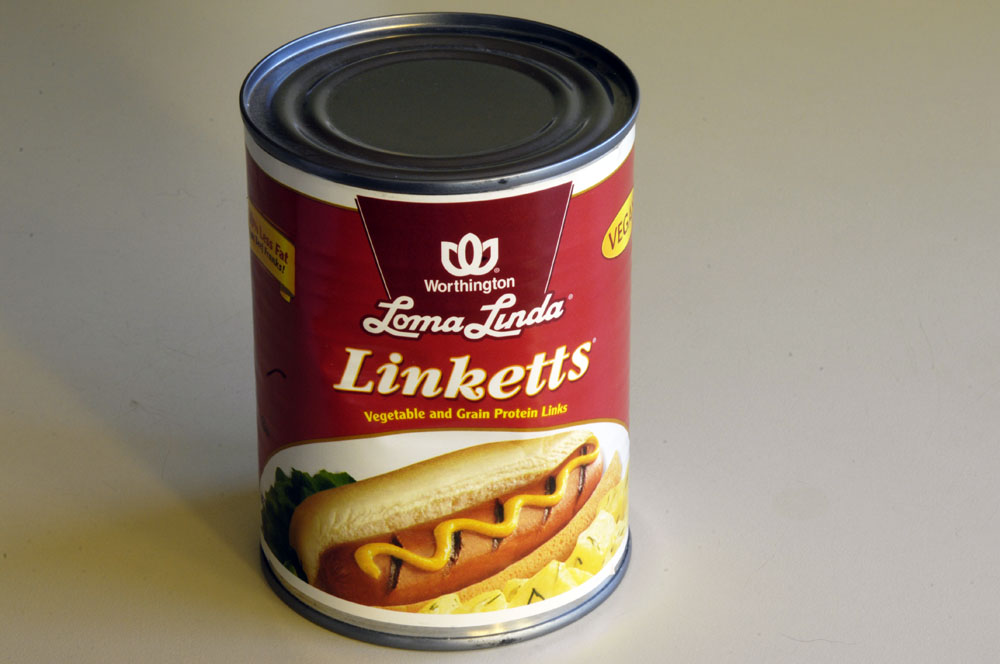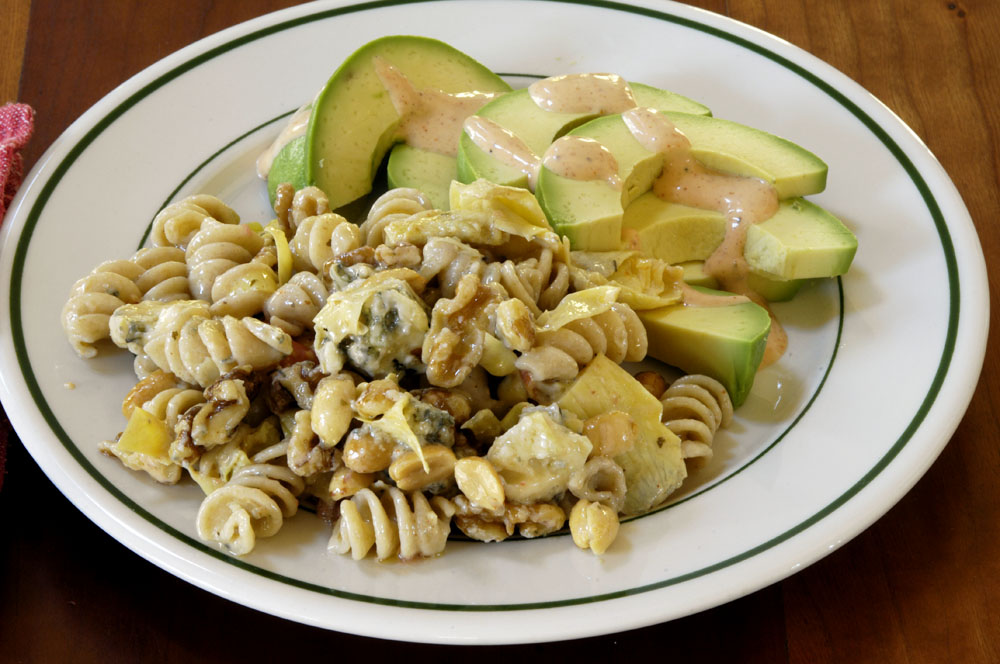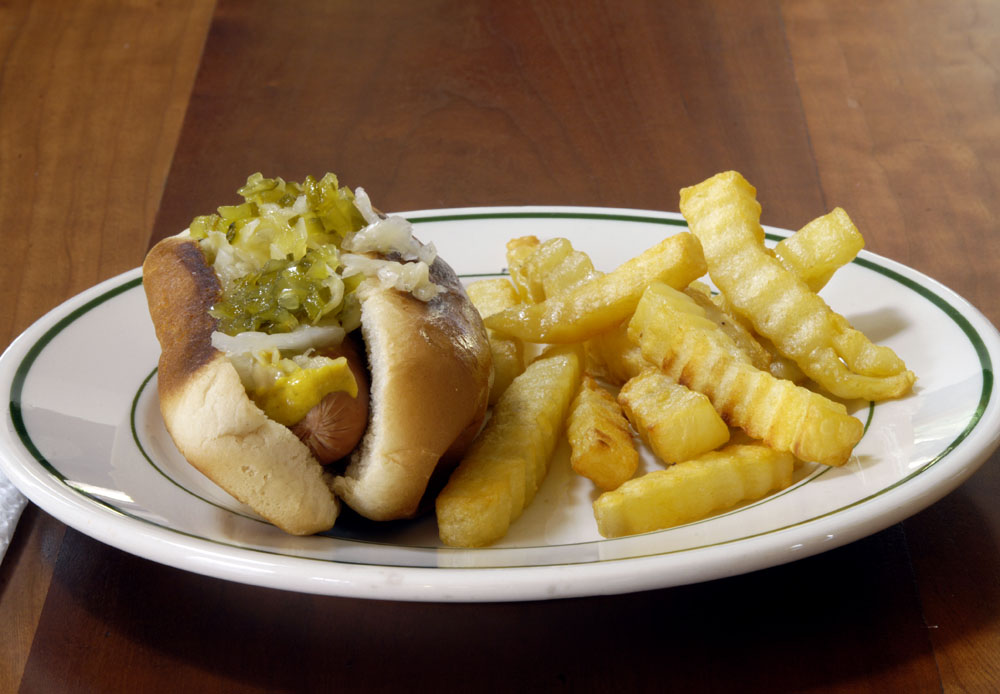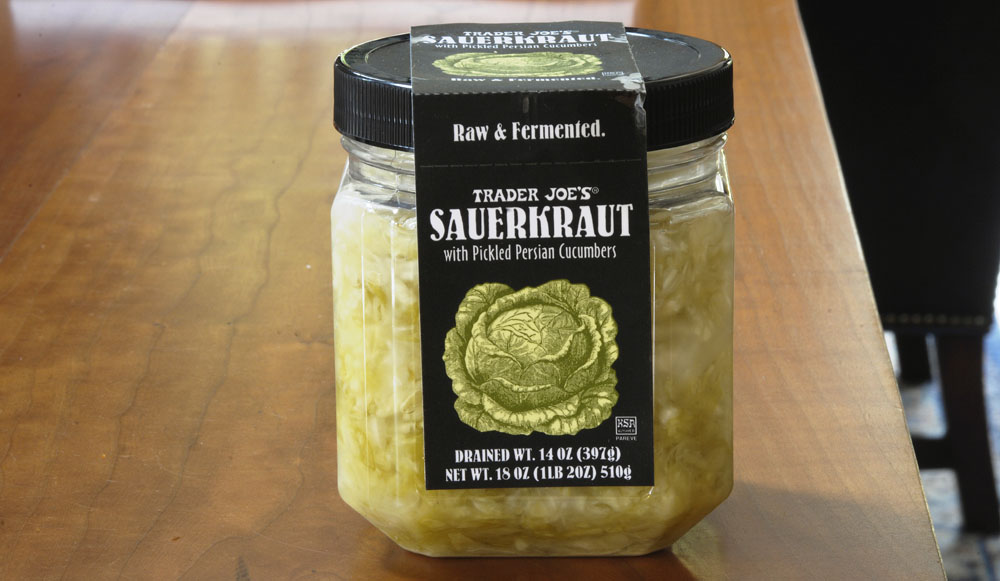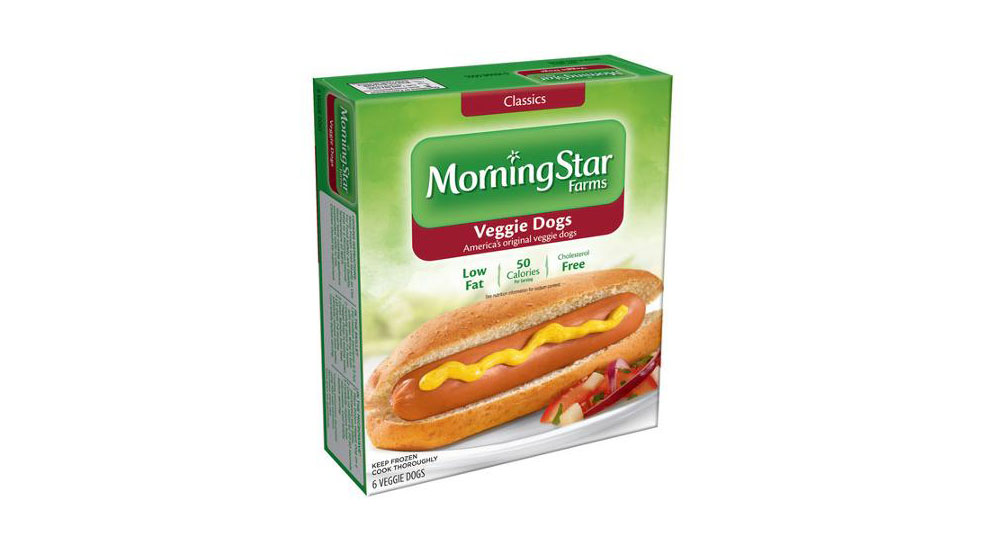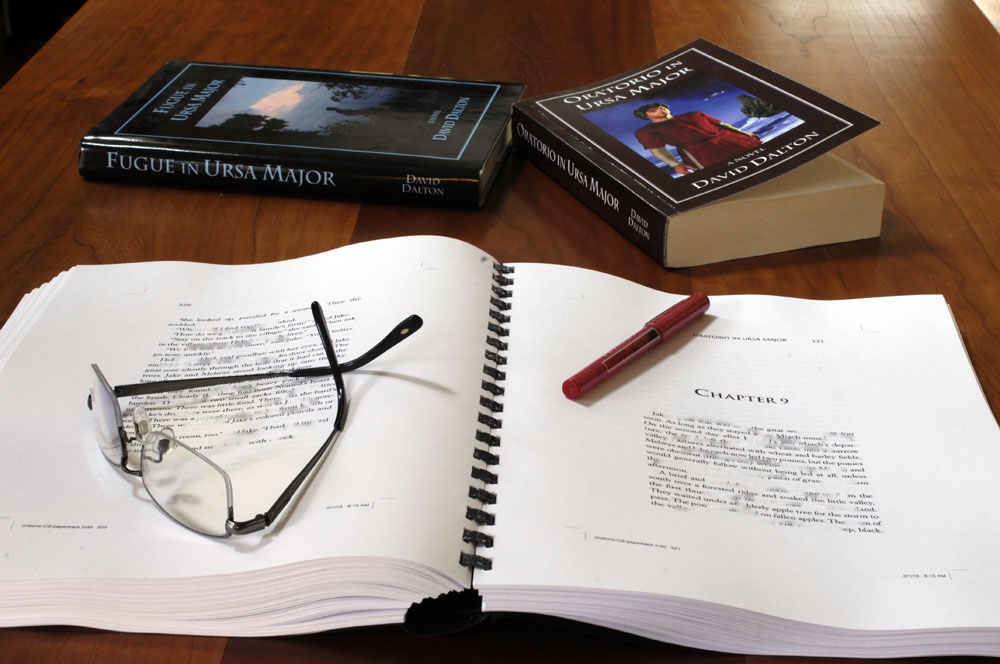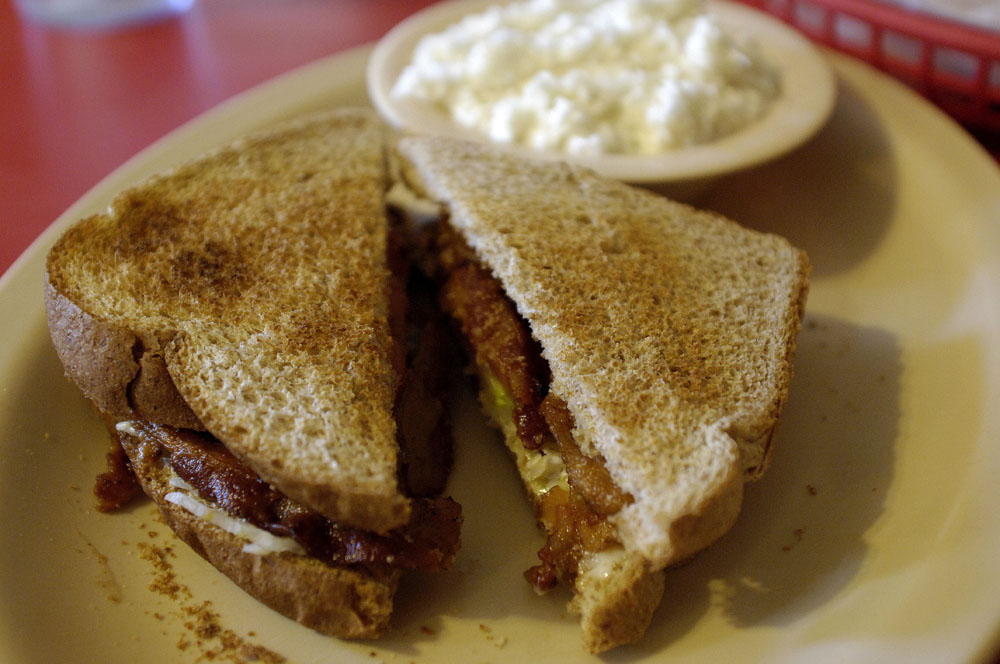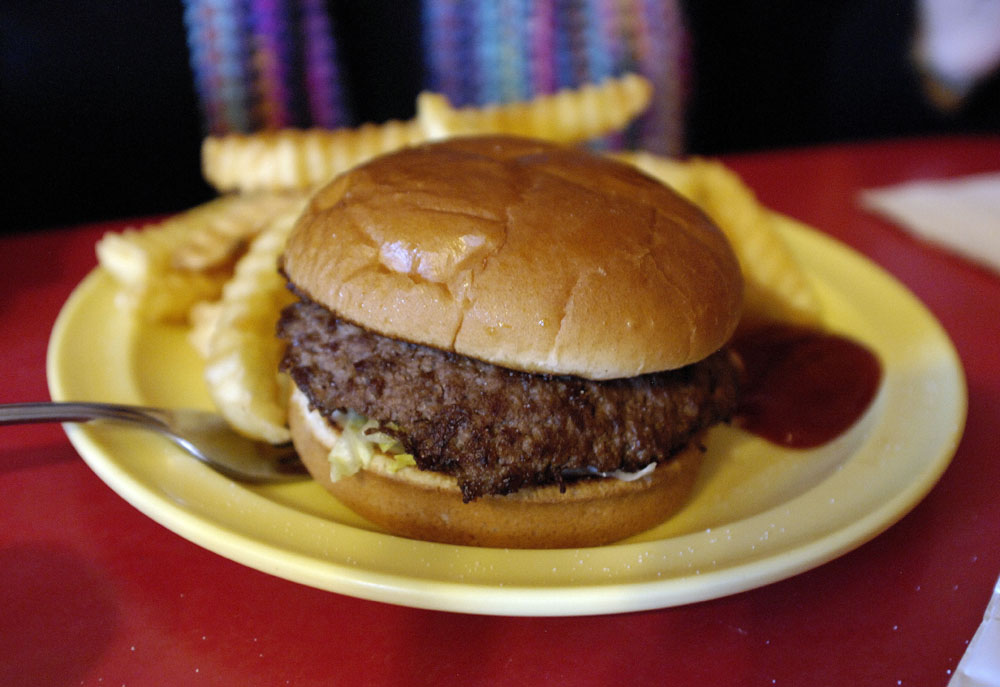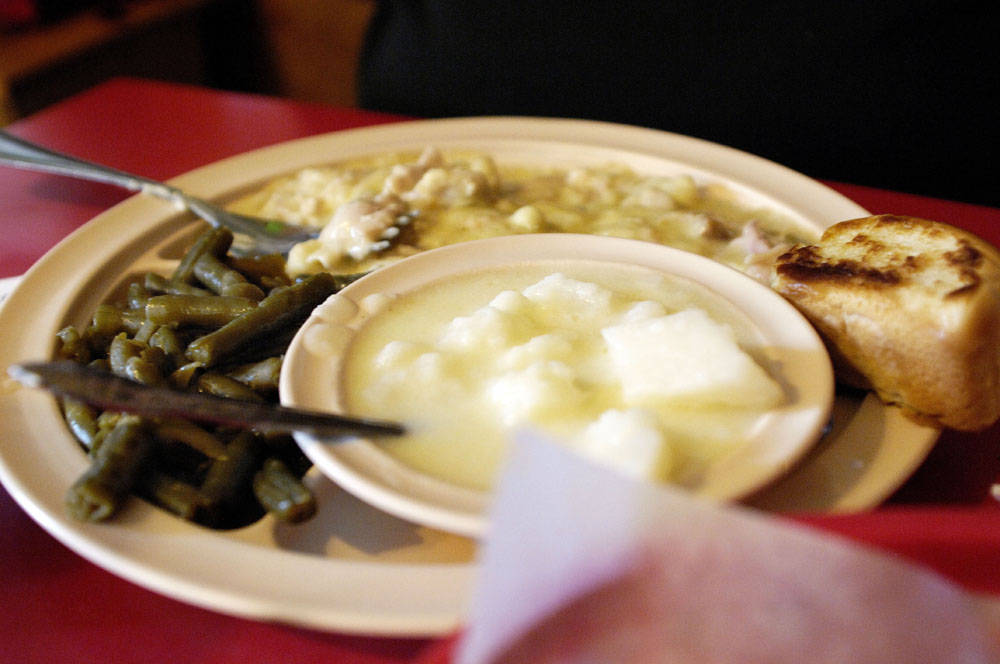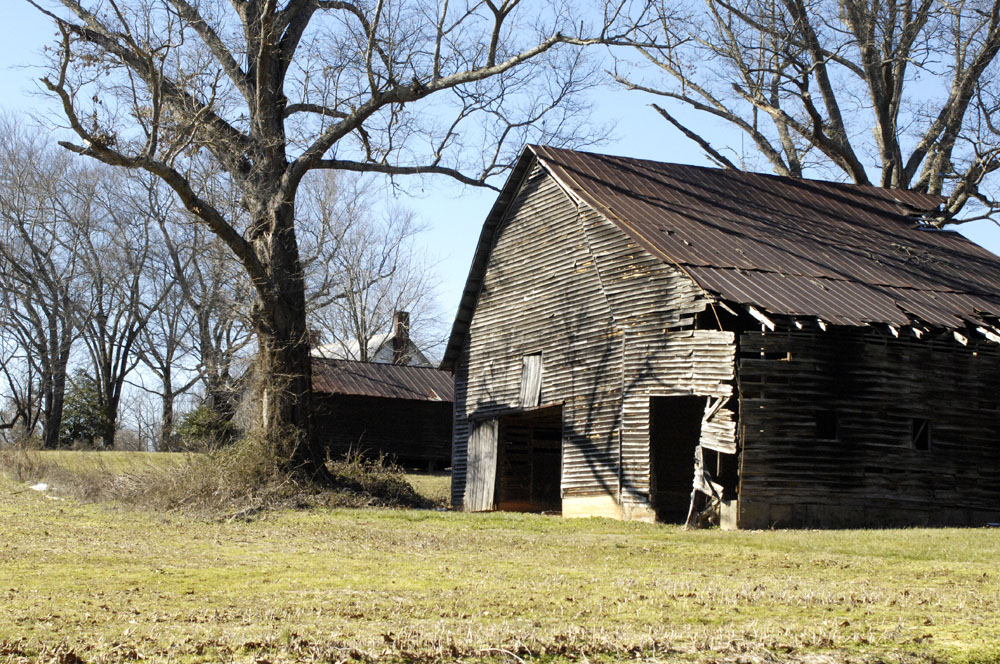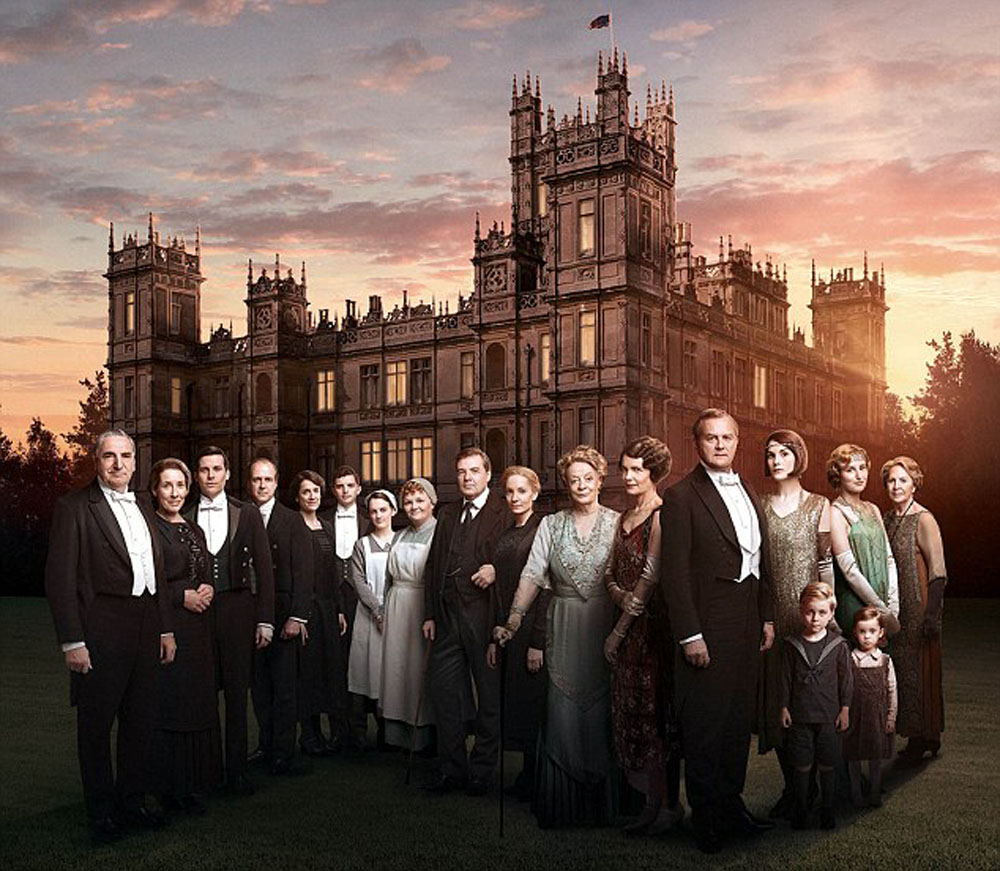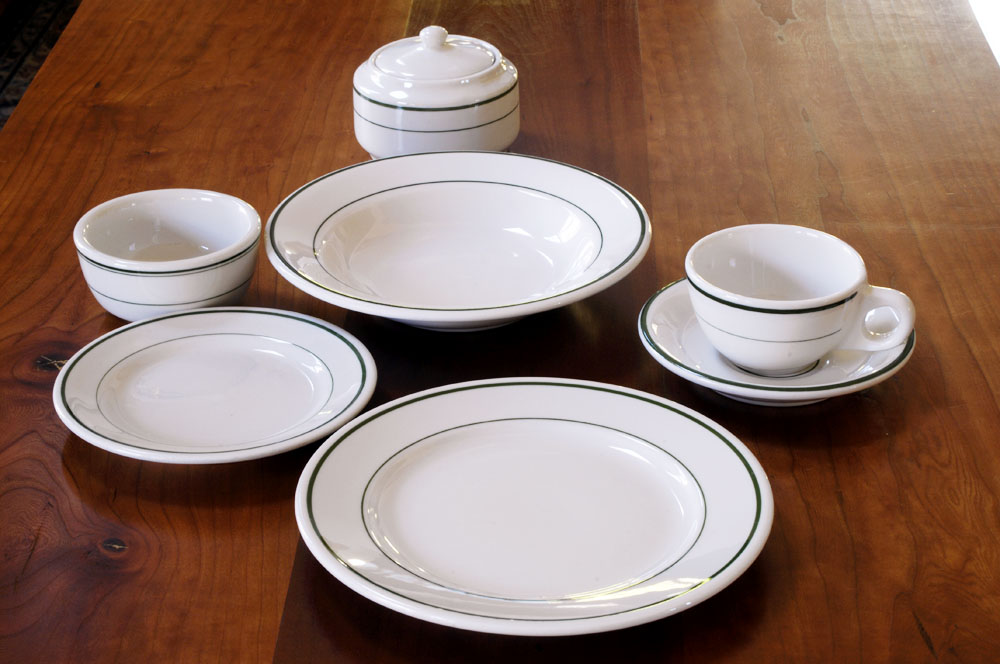
I wish I knew much, much more about a now-defunct American company named Buffalo China. Yep — they were in Buffalo, New York. The company started about 1901, making a mishmash of porcelain products. In the 1920s and 1930s, they started marking commercial porcelain dinnerware for restaurants and institutions. For decades, they made incredibly excellent commercial dinnerware. At some point, Buffalo China came to be owned by Oneida. In 2003 or thereabouts, Oneida sold the company to investors who changed the name to Niagara Ceramics, though Oneida continued to own the Buffalo China trademark. Finally, in 2013, the company closed. It was cheap imported china from China that killed the company. The last owner, Chris Collins, who was a congressman, issued a bitter statement about Buffalo China’s end:
“Niagara Ceramics consistently struggled because of unfair competition from Chinese manufacturers who benefit from China manipulating its currency at the expense of American jobs. As a member of Congress, I believe strongly that the U.S. must take a harder stand against this unfair practice by the Chinese government.”
During the last fifty years, I have been in countless antique shops and junk shops, and I’ve examined a lot of porcelain and china. In fact, the abbey owns a large set of 100-year-old fine china made in Limoges that has never been removed from the shipping boxes after I moved back to North Carolina from San Francisco. Using fine china is just too fussy to be bothered with.
Whereas heavy commercial china is a whole different story. There were other good makers of heavy American porcelain, but Buffalo China stands out.
When I first moved into the abbey seven years ago, having gotten rid of my everyday dinnerware before the move from San Francisco because it wasn’t worth shipping, I bought cheap glass dinnerware to use temporarily, planning on finding something nicer to replace it. I looked at a lot of heavy china at places like Williams-Sonoma and Crate & Barrel. But it was expensive unless it was made in China, and I refused to buy Chinese china.
Finally I decided to go with Buffalo China. It’s easy enough to find on eBay, at wildly varying prices. I settled on the green stripe china, though Buffalo china made several other patterns for restaurant and commercial use. It’s not uncommon to come across new old stock Buffalo china on eBay, though the stuff is so durable that, if it’s used, it hardly matters. That’s the beauty of restaurant china — you can’t kill it. I don’t think I’ve ever broken a piece of restaurant china, and, if you ever did, it would be nothing to cry about (though it’s not exactly cheap anymore — more and more people know what it is).
These days, large plates are the norm. I admit that I like the current style of food presentation, in which small amounts of foods are presented on enormous plates. But, with the old restaurant china, it’s difficult to find a plate larger than nine inches. I’ll live with that, but I’ll keep watching eBay.
Meanwhile, I wish someone would write an illustrated history of Buffalo China. I’d buy it.
Update: Also see this newer post on the Buffalo China dogwood pattern.

